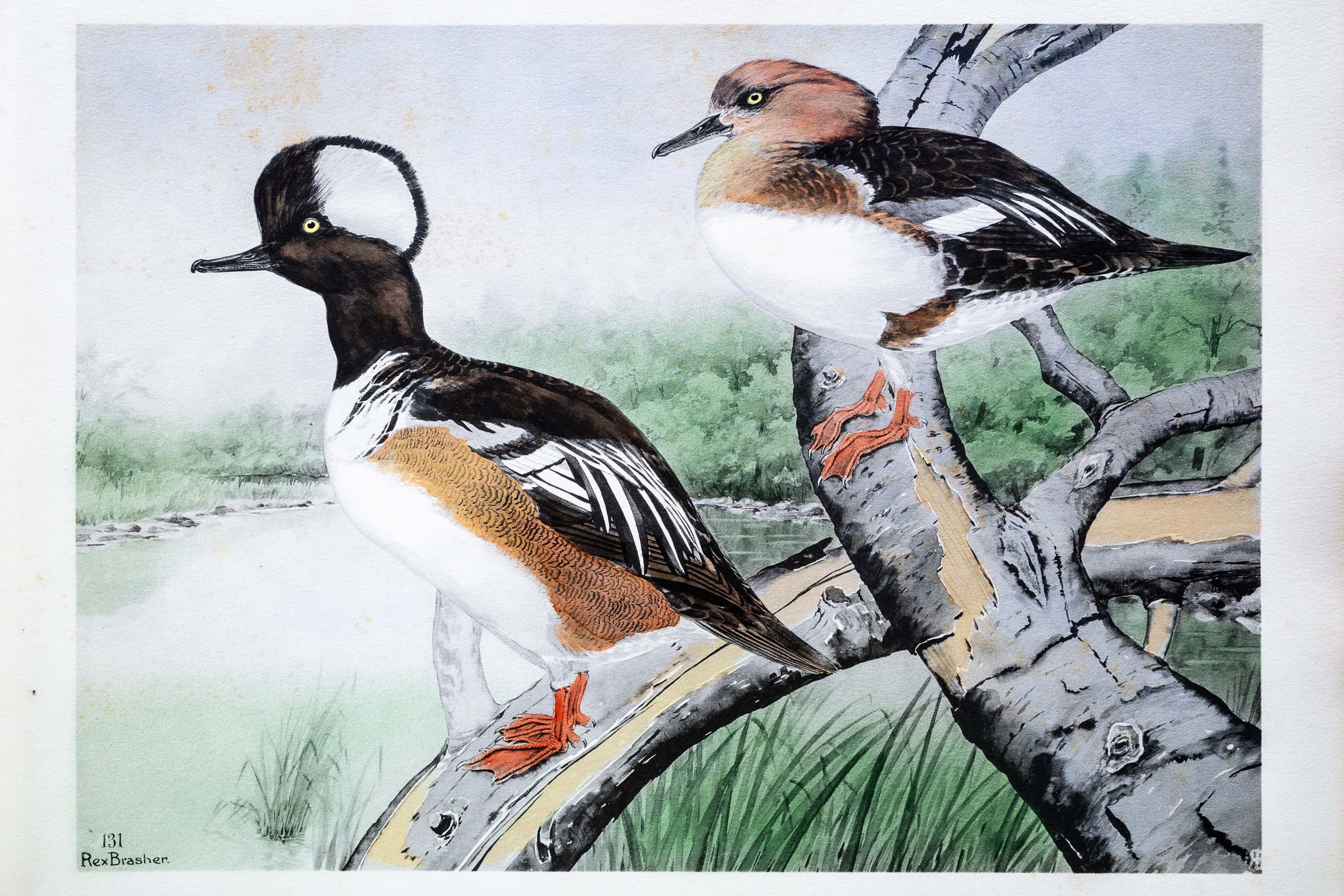
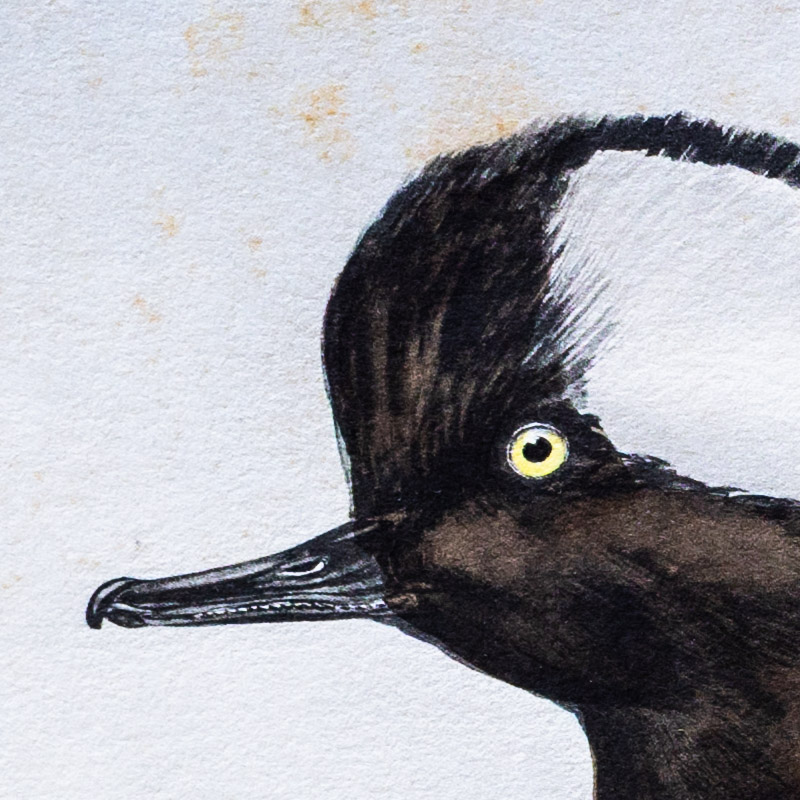
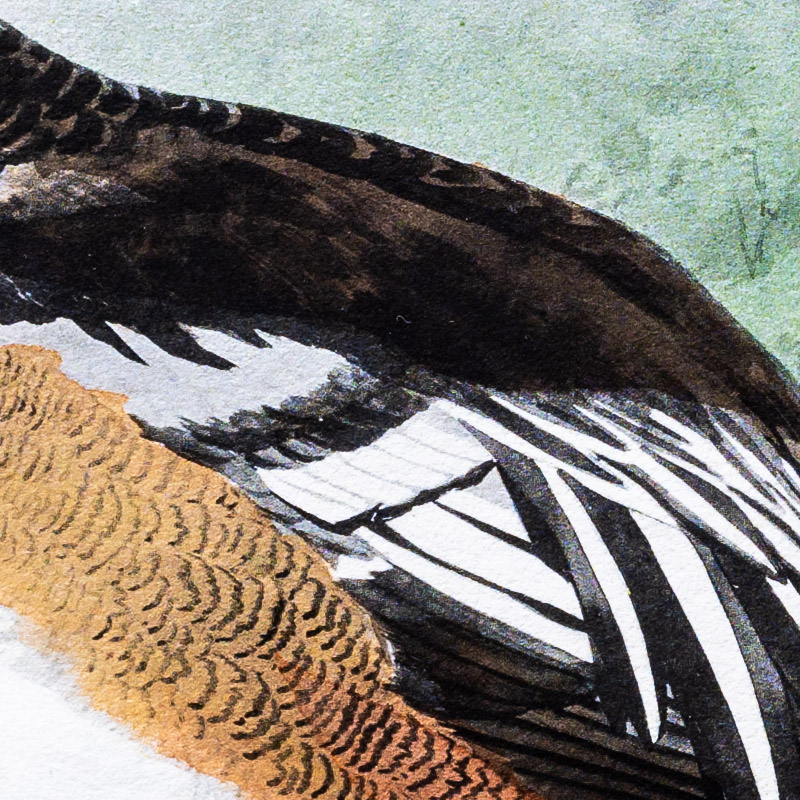

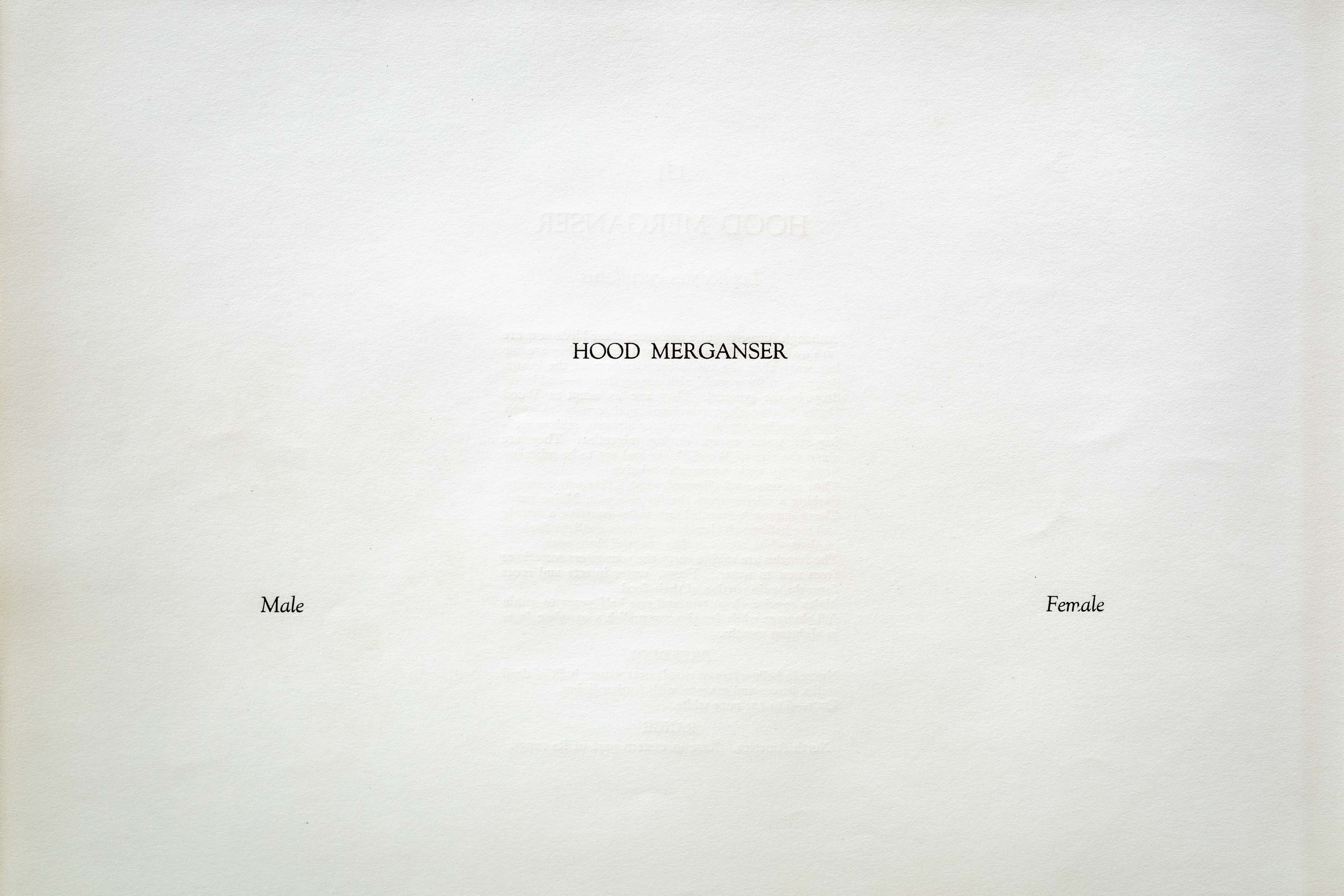
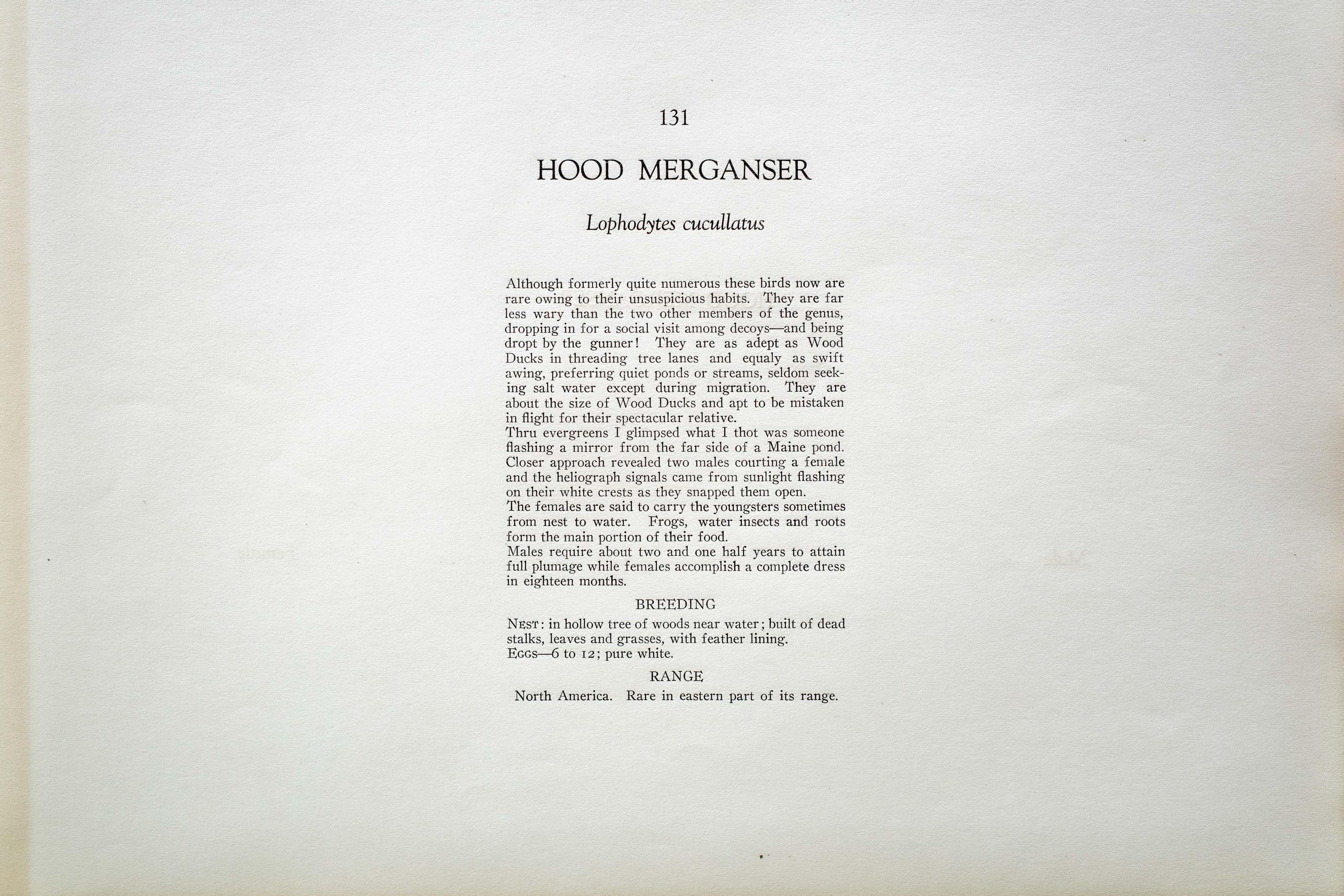

Unknown
1930
3
131
A team of dedicated board members, volunteers, and student interns has published every page in Volume 9. This volume includes 360 images of paintings and lyrical descriptions of birds, now available online for everyone to enjoy anywhere in the world. This is a monumental task. Each volume requires approximately 400 hours to photograph, edit, transcribe, catalog, and publish online. We need your support to complete this work.
If you're tech-savvy, have a good eye, are meticulous with details, and love structured data, please consider volunteering by emailing us at hello@rexbrasher.org.
We encourage all bird lovers and supporters to consider a monetary donation to support our mission to make Rex's work available for everyone. You can provide a one-time or recurring donation online.
Although formerly quite numerous these birds now are rare owing to their unsuspicious habits. They are far less wary than the two other members of the genus, dropping in for a social visit among decoys — and being dropt by the gunner! They are as adept as Wood Ducks in threading tree lanes and equally as swift awing, preferring quiet ponds or streams, seldom seeking salt water except during migration. They are about the size of Wood Ducks and apt to be mistaken in flight for their spectacular relative.
Thru evergreens I glimpsed what I thot was someone flashing a mirror from the far side of a Maine pond. Closer approach revealed two males courting a female and the heliograph signals came from sunlight flashing on their white crests as they snapped them open.
The females are said to carry the youngsters sometimes from nest to water. Frogs, water insects and roots form the main portion of their food.
Males require about two and one half years to attain full plumage while females accomplish a complete dress in eighteen months.
NEST: in hollow tree of woods near water; built of dead stalks, leaves and grasses, with feather lining.
EGGS — 6 to 12; pure white.
North America. Rare in eastern part of its range.